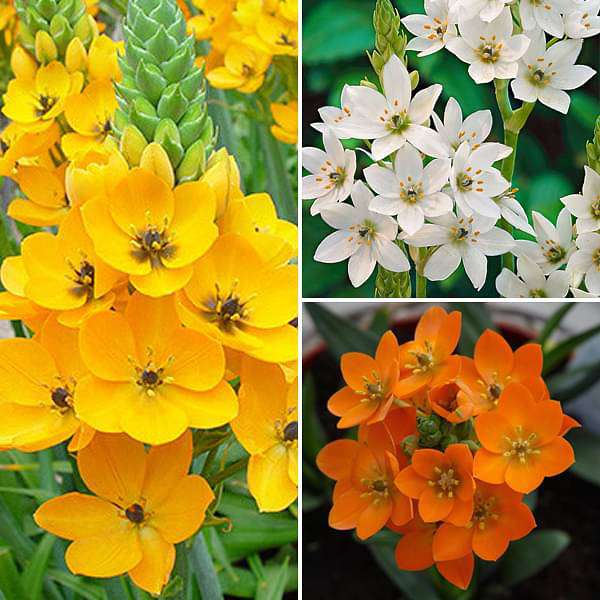
Chincherinchee, Ornithogalum (Random Colors) - Bulbs
(MRP Inclusive of all taxes)
- Shipping ₹79 for entire order
- Dispatch in 7 days
- Country of origin: India

(MRP Inclusive of all taxes)
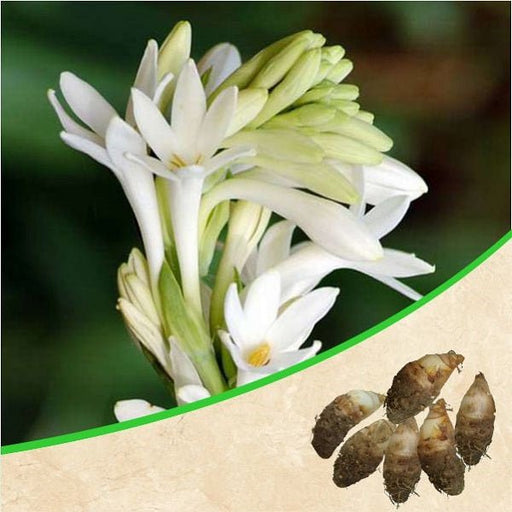
Rajnigandha, Tuberose - Bulbs (Set of 10) Experience the enchanting fragrance of Rajnigandha, also known as Tuberose, with this set of 10 ...
View full details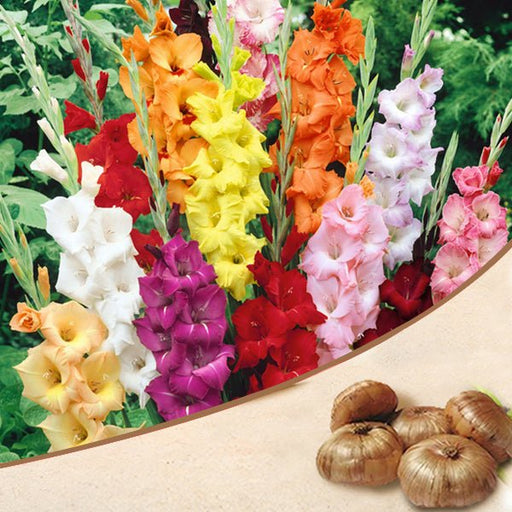 Save 20%
Save 20%
Gladiolus (Random Color) - Bulbs (Set of 10) Transform your garden into a vibrant spectacle with our Gladiolus bulbs, available in a delig...
View full details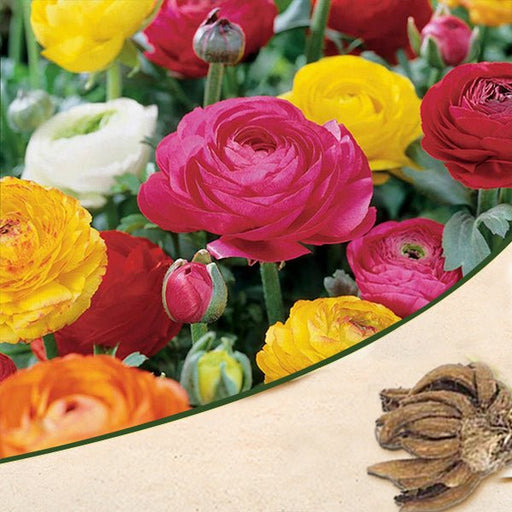 Sold out
Sold out
Ranunculus (Random Color) - Bulbs Transform your garden into a vibrant tapestry of colors with our Ranunculus bulbs. Known for their stunn...
View full details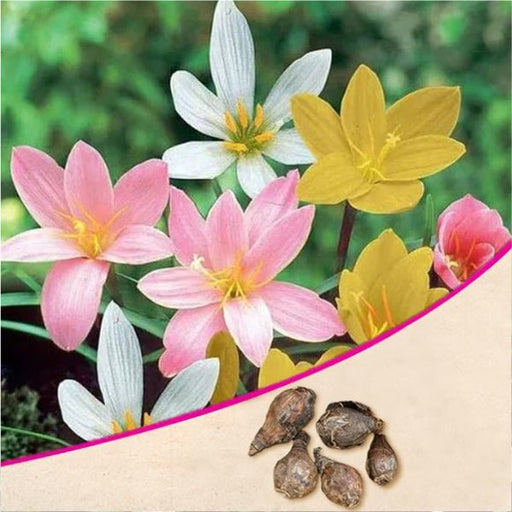
Zephyranthes Lily, Rain Lily (Random Color) - Bulbs (Set of 10) Transform your garden into a vibrant oasis with our Zephyranthes Lily, com...
View full details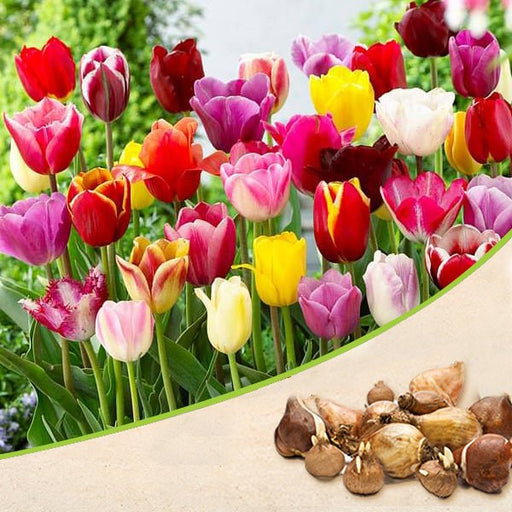 Sold out
Sold out
Tulip (Random Color) - Bulbs Bring a burst of color to your garden with our Tulip (Random Color) bulbs! These vibrant flowers are a spring...
View full details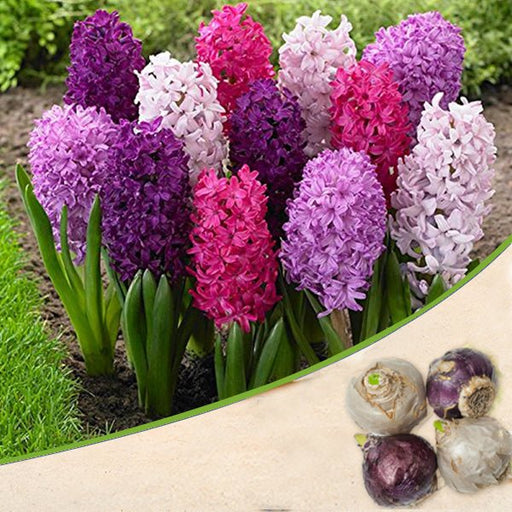 Sold out
Sold out
Hyacinth (Random Color) - Bulbs Transform your garden into a vibrant spectacle with our Hyacinth bulbs, available in a delightful random a...
View full details
Zephyranthes Lily, Rain Lily (Yellow) - Bulbs (Set of 10) The Zephyranthes Lily, commonly known as the Rain Lily, is a stunning addition t...
View full details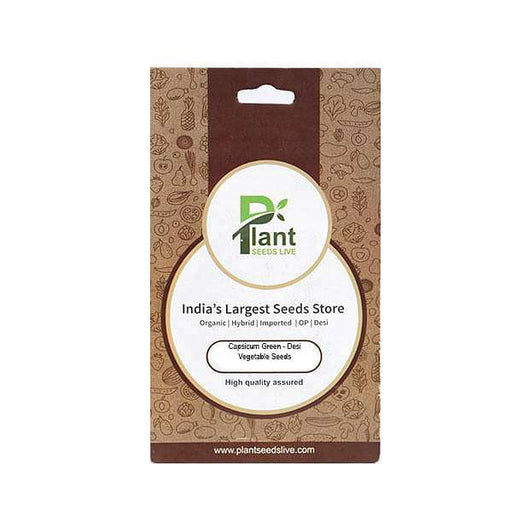
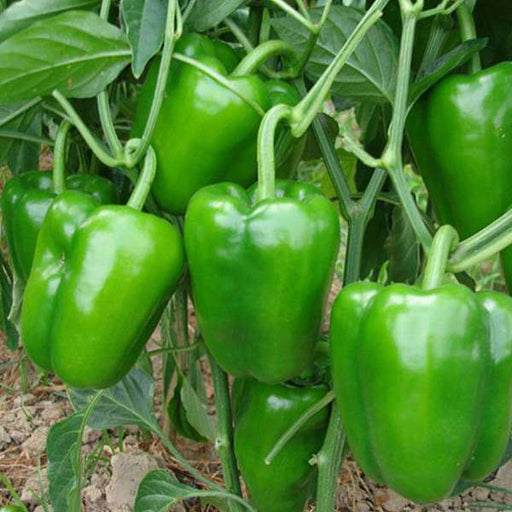 Save 25%
Save 25%
Capsicum Green - Desi Vegetable Seeds Capsicum Green, also known as bell pepper, is a vibrant and nutritious addition to your garden. Thes...
View full details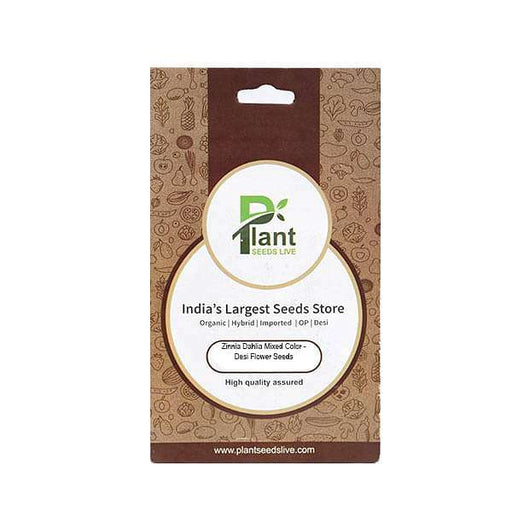
 Save 25%
Save 25%
Zinnia Dahlia Mixed Color - Desi Flower Seeds Transform your garden into a vibrant tapestry of colors with our Zinnia Dahlia Mixed Color -...
View full details
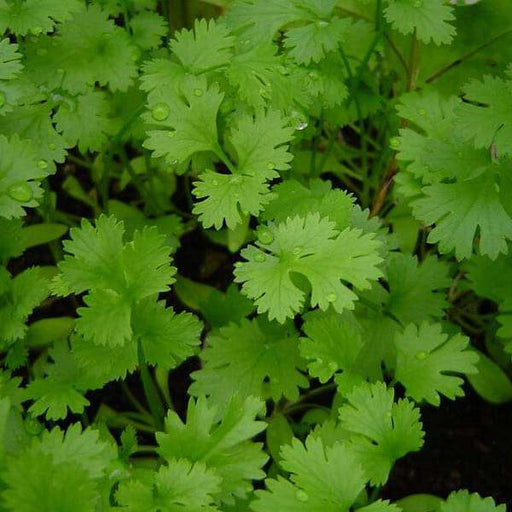 Save 25%
Save 25%
Coriander Panipat - Desi Vegetable Seeds Coriander Panipat is a premium variety of coriander seeds, cherished for its aromatic leaves and ...
View full details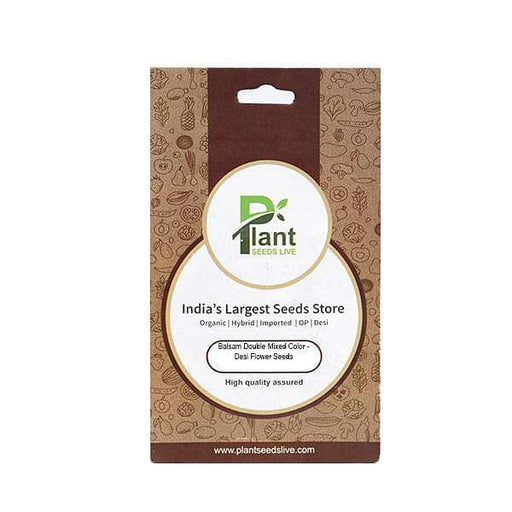
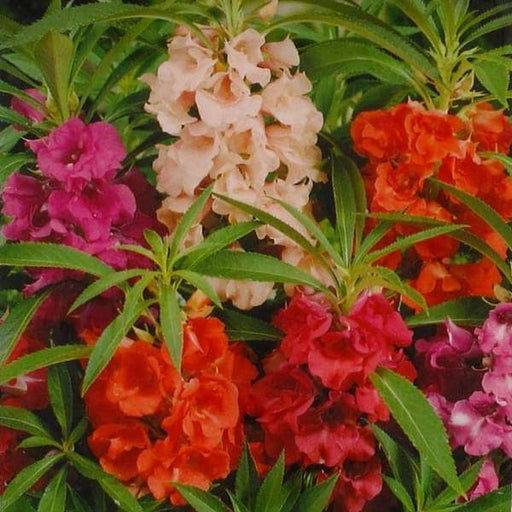 Save 25%
Save 25%
Balsam Double Mixed Color - Desi Flower Seeds Discover the vibrant beauty of Balsam Double Mixed Color - Desi Flower Seeds, a delightful a...
View full details
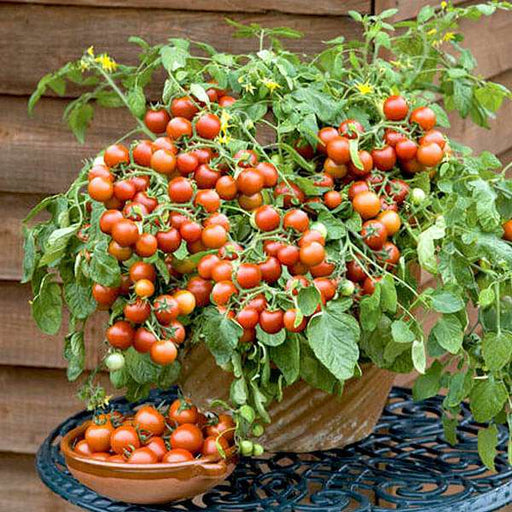 Save 25%
Save 25%
Cherry Tomato, Cherry Tomato Honey - Vegetable Seeds Discover the delightful world of Cherry Tomato Honey seeds, perfect for home gardener...
View full details
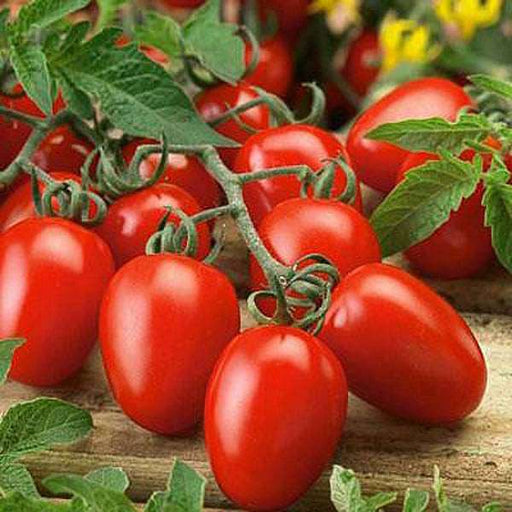 Save 25%
Save 25%
Tomato Pusa Ruby - Desi Vegetable Seeds The Tomato Pusa Ruby is a premium variety of tomato seeds, renowned for its vibrant red color, jui...
View full details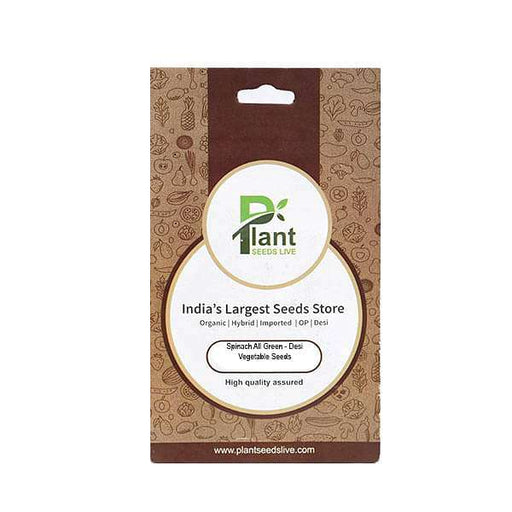
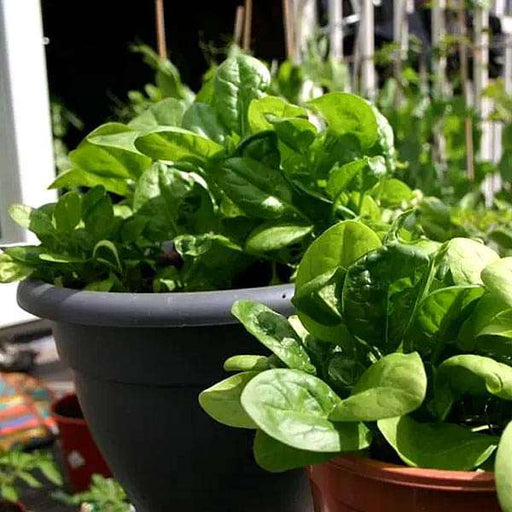 Save 25%
Save 25%
Spinach All Green - Desi Vegetable Seeds Introducing the Spinach All Green - Desi Vegetable Seeds, a premium variety of spinach that thriv...
View full details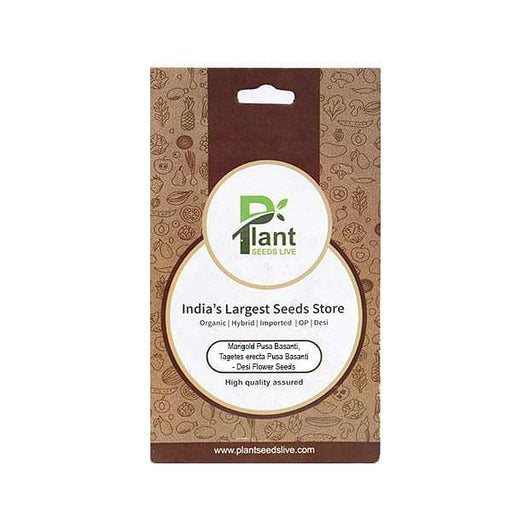
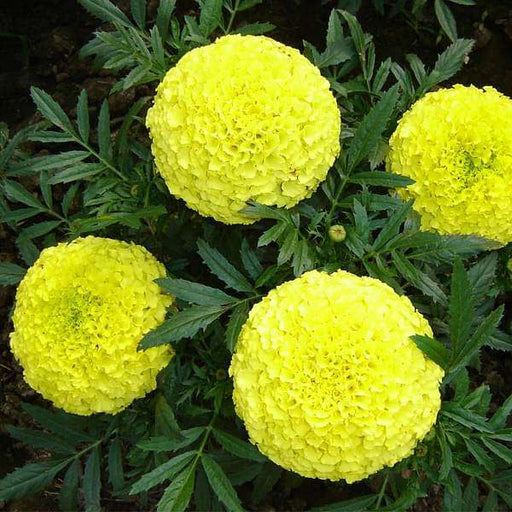 Save 25%
Save 25%
Marigold Pusa Basanti - Desi Flower Seeds Discover the vibrant beauty of Marigold Pusa Basanti, a cherished flower in Indian gardens. Know...
View full details
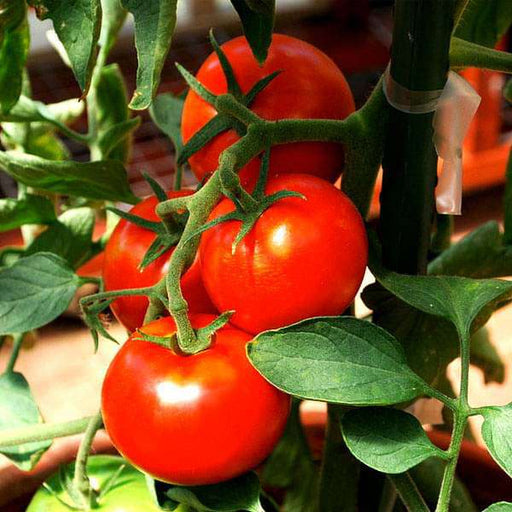 Save 25%
Save 25%
Tomato Ped - Desi Vegetable Seeds Introducing the Tomato Ped - Desi Vegetable Seeds, a premium selection of heirloom tomato seeds that pro...
View full details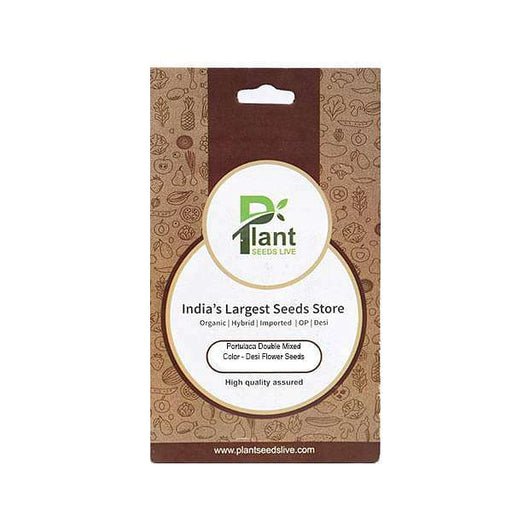
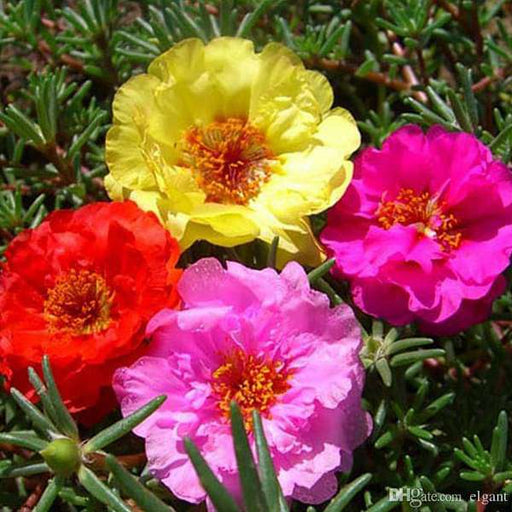 Save 25%
Save 25%
Portulaca Double Mixed Color - Desi Flower Seeds Discover the vibrant beauty of Portulaca Double Mixed Color, a stunning collection of Des...
View full details
 Save 35%
Save 35%
Best 6 Plants for Perfect Indoor Garden Transform your living space into a lush oasis with our curated collection of the Best 6 Plants for a...
View full details
 Save up to 50%
Save up to 50%
Mini Succulent Garden Pack Transform your space with our Mini Succulent Garden Pack, featuring a delightful collection of 4 any variety beautiful s...
View full details
 Save 30%
Save 30%
5 Best Fragrant Plants Transform your garden or indoor space into a fragrant paradise with our curated selection of the 5 Best Fragrant Plants. Th...
View full details
 Save 24%
Save 24%
Set of 2 Bonsai Looking Grafted Adeniums Transform your indoor or outdoor space with our exquisite Set of 2 Bonsai Looking Grafted Adenium...
View full details Save 45%
Save 45%
Top 4 Die Hard Succulents Pack Transform your indoor or outdoor space with our Top 4 Die Hard Succulents Pack, featuring a curated selecti...
View full details
 Save 30%
Save 30%
5 Best Indoor Plants Pack Transform your living space into a lush oasis with our '5 Best Indoor Plants Pack.' This carefully curated collection fe...
View full details
 Save 25%
Save 25%
Set of 4 Evergreen Air Purifier Plant Pack Transform your indoor space into a lush, green oasis with our Set of 4 Evergreen Air Purifier Pla...
View full details| SrNo | Item Name | Qty |
|---|---|---|
| 1 | Chincherinchee, Ornithogalum (Random Colors) - Bulbs | 3 |
Discover the enchanting beauty of Chincherinchee, scientifically known as Ornithogalum, with its vibrant random colors that can brighten any garden or indoor space. These stunning bulbs produce star-shaped flowers that bloom in late spring to early summer, creating a captivating display that attracts pollinators and adds a touch of elegance to your landscape.
What makes Chincherinchee special is its unique ability to thrive in various environments, making it a versatile choice for gardeners. With a rich history rooted in South Africa, these bulbs symbolize resilience and beauty, often used in floral arrangements and as cut flowers due to their long-lasting blooms.
Special features of Chincherinchee include its drought tolerance and low maintenance requirements, making it an ideal choice for both novice and experienced gardeners. The random colors of the flowers add an element of surprise, ensuring that each planting is a unique experience.
With its stunning appearance and easy care, Chincherinchee, Ornithogalum bulbs are a must-have for any garden enthusiast. Embrace the beauty of nature while contributing to a healthier environment by planting these pollinator-friendly flowers.
If you think caring for Chincherinchee is a walk in the park, think again! These bulbs are like the divas of the garden world, demanding just the right amount of sunlight and water. Too much love, and they might sulk; too little, and they’ll throw a tantrum. Keep them in well-drained soil, and they’ll reward you with a stunning display of random colors that’ll make your neighbors green with envy.
Ornithogalum is not just a one-hit wonder; it’s a whole band of floral talent! With varieties ranging from the classic white to the more adventurous shades of yellow and purple, these bulbs are like the chameleons of the garden. Each type brings its own flair, ensuring your garden looks like a vibrant festival of colors.
Planting bulbs is like a treasure hunt; you bury them and wait for the magic to happen! For Chincherinchee, dig a hole about 6 inches deep, toss in the bulb, and cover it up like you’re hiding a secret. Water them in, and let the anticipation build as you wait for their colorful debut.
Chincherinchee bulbs are the ultimate show-offs, blooming in spring and summer when the world is waking up from its winter slumber. They’re like that friend who always shows up to the party with the best snacks. With their vibrant colors, they’ll steal the spotlight in your garden, making every season feel like a celebration.
Want to create a garden that’s the talk of the town? Incorporate Chincherinchee bulbs into your design! Their random colors can be paired with contrasting foliage or other flowering plants to create a visual feast. Think of them as the confetti in your garden party—unexpected and delightful!
Pairing Chincherinchee with the right companions is like finding the perfect dance partner. Consider planting them alongside daisies or lavender for a harmonious blend of colors and textures. Together, they’ll create a garden that’s not just pretty but also a haven for pollinators.
Chincherinchee bulbs are not just pretty faces; they also have a knack for keeping pests at bay. Their unique scent can deter unwanted visitors, making them the bouncers of your garden. So, while you’re admiring their beauty, they’re hard at work ensuring your garden remains a safe haven.
The secret to a thriving Chincherinchee lies in the soil. They prefer well-drained, sandy loam that’s rich in organic matter. Think of it as their five-star hotel—anything less, and they’ll check out early. A little compost mixed in can go a long way in keeping these bulbs happy and healthy.
Watering Chincherinchee is an art form. Too much, and you’ll drown their dreams; too little, and they’ll wither away. Aim for a moderate schedule, allowing the soil to dry out between waterings. It’s all about balance—like a tightrope walker, they need just the right amount of support to thrive.
If you want your Chincherinchee to bloom like a superstar, don’t forget the fertilizer! A balanced, slow-release option will give them the nutrients they need without overwhelming them. Think of it as their backstage pass to a fabulous show—essential for a dazzling performance!
If you’re feeling adventurous, you can try your hand at harvesting Chincherinchee seeds. It’s like a gardening lottery; you never know what colors you might get! Just remember to let the seed pods dry out before collecting them, and you could be on your way to a whole new garden of surprises.
The beauty of Chincherinchee lies in their random colors, which can be a delightful surprise in your garden. Mix and match with other flowering plants to create a kaleidoscope of hues. It’s like a painter’s palette—let your creativity run wild and watch your garden transform into a masterpiece!
Chincherinchee, or Ornithogalum, is a fabulous flowering bulb that brings a splash of color to your garden. These bulbs bloom in a delightful array of random colors, making them the perfect surprise for any flower lover. Plant them and watch your garden transform into a vibrant masterpiece that even Picasso would envy!
Planting Chincherinchee bulbs is as easy as pie! Choose a sunny spot, dig a hole about 4-6 inches deep, and place the bulb with the pointed end up. Cover it with soil, water it gently, and voilà! You’re on your way to a colorful garden that will have your neighbors green with envy.
Chincherinchee bulbs are like the party guests that arrive fashionably late! They typically bloom in late spring to early summer, showcasing their stunning flowers just when you need a burst of color. So, sit back, relax, and let these beauties steal the show when the weather warms up!
Caring for Chincherinchee plants is a walk in the park! They thrive in well-drained soil and love a good drink, but don’t drown them. Deadhead spent flowers to encourage more blooms, and give them a little fertilizer during the growing season. With minimal fuss, you’ll have a garden that’s the talk of the town!
Absolutely! Chincherinchee bulbs are the ultimate divas and can thrive in pots. Just ensure your container has drainage holes, fill it with quality potting mix, and plant those bulbs. They’ll reward you with a stunning display, making your patio the envy of every garden gnome in the neighborhood!
Yes, Chincherinchee bulbs are like the bouncers of the garden world—deer tend to steer clear! Their unique scent and taste make them unappealing to these four-legged munchers. So, plant with confidence, knowing your colorful blooms will remain untouched while the deer munch on the neighbor’s roses instead!
Chincherinchee bulbs are the gift that keeps on giving! Once planted, they can bloom for several years, provided they’re well cared for. After flowering, let the foliage die back naturally to store energy for next year’s show. With a little TLC, you’ll enjoy their vibrant colors season after season!
Yes, you can! Chincherinchee bulbs are like the life of the party, and they can brighten up your indoor space too. Plant them in a pot with good drainage, place them in a sunny spot, and watch them flourish. Just remember to give them a little love and water, and they’ll reward you with stunning blooms!
Chincherinchee bulbs are the rainbow of the garden world! They bloom in a delightful mix of colors, including white, yellow, orange, and even shades of pink. Each bulb is a surprise, so you never know what you’ll get. It’s like a floral lottery, and who doesn’t love a little excitement
Good news for pet lovers! Chincherinchee bulbs are generally considered non-toxic to cats and dogs. However, it’s always wise to keep an eye on your furry friends, as some may still nibble on plants out of curiosity. Better safe than sorry—just like keeping chocolate away from your pets!
The best time to plant Chincherinchee bulbs is in the fall or early spring. This timing allows them to establish roots before the blooming season. So, grab your gardening gloves and get planting! Your future self will thank you when your garden bursts into a kaleidoscope of colors!